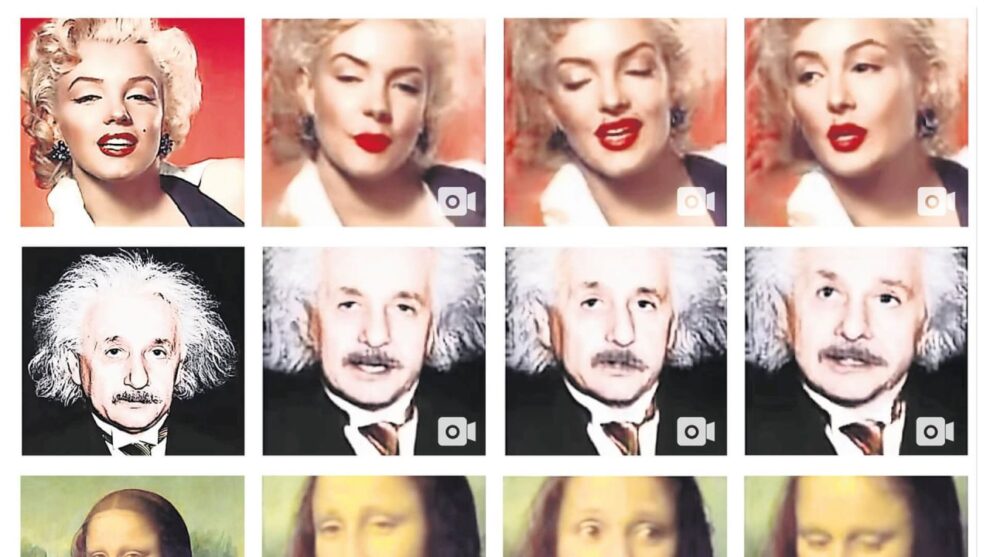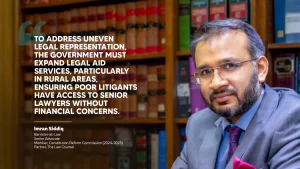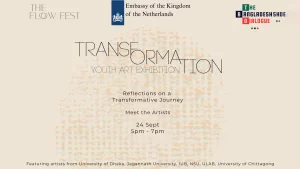Meaning, it can duplicate our bodily, facial and vocal features to perfection and swap them with whoever users please.
All of this is possible by human image synthesis based on artificial intelligence.
Here are some examples:




Now that we have gotten definitions out of the way, let’s explore the possibilities:
Computational Propaganda:
In May 2019, a fake video of Nancy Pelosi, the speaker of the US House of Representatives, appearing to be drunk while delivering a speech went viral, which was “deepfaked.” It was then tweeted by President Trump with the caption: “PELOSI STAMMERS THROUGH NEWS CONFERENCE”. It garnered more than two and a half a million views on Facebook before distribution was dramatically reduced after Facebook fact-checked the video as false.
Not many people in our country are familiar with the phenomena that is ‘deepfake’. A fake video comprising of any of our national political figures could cause national crises of huge proportions.
Identity theft:
Celebrities and everyday women have been subjected to their faces being fakely put on pornographic videos as well. The collective integrity of individuals all over the world is at stake due to this new advent in artificial intelligence.
Imagine someone you know being subjected to such horrific trauma or a fake video of a person of interest initiating riots, false allegations, and national unrest.
In a developing country like ours, where national frenzy does not take long to hit, this new technology could wreak havoc if put in the wrong hands.






